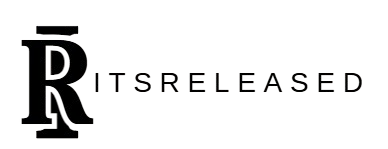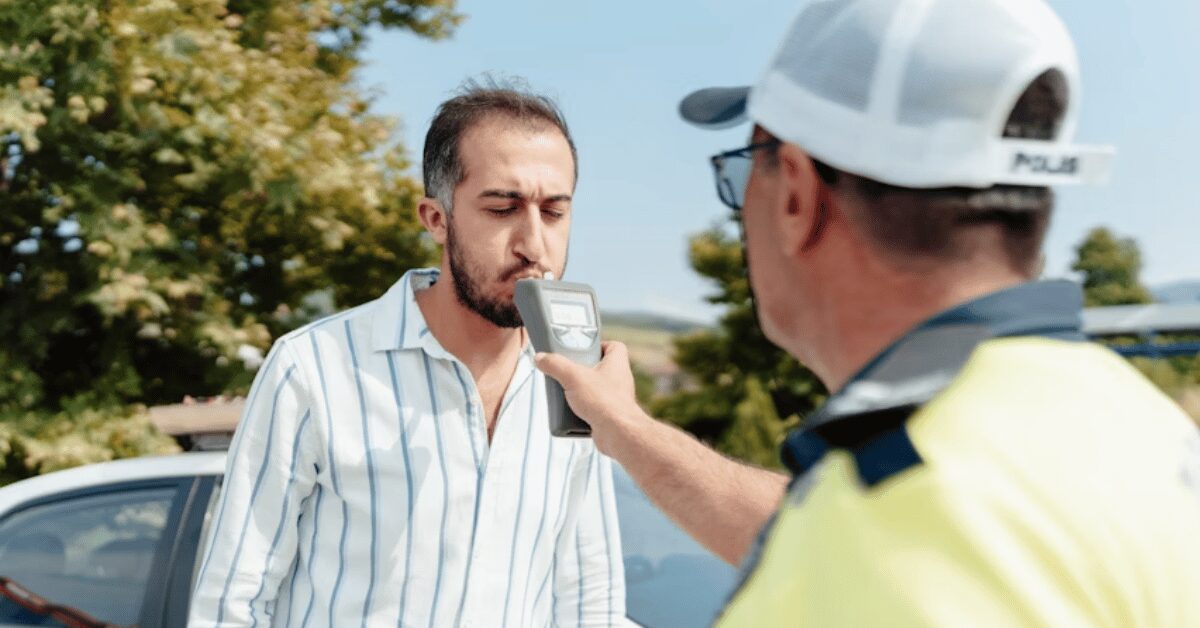Breath tests have become one of the most significant non-invasive diagnostic tools in modern medicine, offering patients an easy, quick, and often painless way to assess health conditions without needles, scans, or invasive procedures. A breath test essentially analyzes compounds present in exhaled air, helping doctors identify diseases, monitor metabolic processes, or even detect infections. The searcher’s intent in exploring the term “breath test” usually revolves around understanding what it is, how it works, and why it is recommended by healthcare professionals. In its simplest sense, a breath test is designed to detect abnormalities in gases or chemicals within your breath that correlate with certain medical conditions, ranging from digestive issues and infections to alcohol levels and metabolic dysfunctions. Unlike traditional diagnostic methods that often require blood draws, imaging, or tissue sampling, breath tests provide a faster, less intimidating alternative that patients can tolerate more comfortably.
The rising interest in breath-based diagnostics is not coincidental. As healthcare systems evolve toward patient-friendly and cost-efficient approaches, non-invasive testing gains prominence. Breath tests reflect this shift, offering insights into conditions such as Helicobacter pylori infection (a common cause of stomach ulcers), lactose intolerance, small intestinal bacterial overgrowth, and even liver function monitoring. Beyond the medical setting, breath analysis has also become synonymous with roadside alcohol testing, where law enforcement relies on its reliability to enforce safe driving. In this article, we will dive deep into the history, methods, types, accuracy, and evolving innovations in breath test technologies. By the end, readers will gain not just a clinical understanding but also practical awareness of how breath tests affect everyday health and safety, making them one of the most versatile diagnostic tools in the modern era.
History and Evolution of Breath Tests
The origins of breath testing date back to the early 20th century when scientists began exploring exhaled gases for diagnostic purposes. Initially, the focus was on alcohol detection, with the first reliable breathalyzers being developed for law enforcement. This application quickly proved its worth, reducing drunk-driving incidents by offering immediate roadside results. From there, researchers expanded the scope to medical uses, realizing that breath could reveal much more than alcohol content. Each exhaled breath carries hundreds of volatile organic compounds (VOCs), which reflect metabolic processes within the body. By measuring these compounds, physicians could detect infections, digestive malfunctions, and even metabolic diseases.
Over the decades, technological advancements allowed for more precise chemical analysis. While early machines relied on chemical reactions with limited sensitivity, modern breath test devices use infrared spectrometry, mass spectrometry, and gas chromatography for higher accuracy. These innovations transformed breath testing into a robust diagnostic field, now applied in gastroenterology, pulmonology, and metabolic medicine. A quote by Dr. John Haldane, a pioneer in respiratory physiology, resonates here: “The breath we exhale carries the stories of our health, if only we know how to listen.”
How Breath Tests Work
Breath tests analyze compounds within exhaled air. The underlying principle is that when the body metabolizes certain substances, byproducts appear in the breath. For instance, when bacteria in the stomach break down urea, they release carbon dioxide that carries isotopic signatures detectable in a urea breath test. Similarly, hydrogen and methane in breath can indicate fermentation by bacteria in the small intestine, signaling disorders like lactose intolerance or small intestinal bacterial overgrowth (SIBO).
The process usually involves a baseline breath sample, ingestion of a test substrate (like lactose, glucose, or urea), and subsequent measurements of exhaled gases at intervals. The rise in specific gases indicates abnormal bacterial activity or impaired digestion.
Common Types of Breath Tests
| Breath Test Type | Primary Purpose | Typical Use Case | Accuracy Range |
|---|---|---|---|
| Urea Breath Test | Detect H. pylori infection | Ulcer diagnosis, gastritis evaluation | 90–95% |
| Hydrogen Breath Test | Assess carbohydrate malabsorption, SIBO | Lactose intolerance, fructose malabsorption | 85–90% |
| Methane Breath Test | Evaluate methane-producing bacteria in gut | Constipation-related digestive disorders | 80–85% |
| Alcohol Breath Test | Measure blood alcohol concentration | Roadside law enforcement, workplace safety | 95%+ |
| Liver Function Breath Test | Assess liver metabolism using carbon isotopes | Cirrhosis monitoring, liver performance | 85–90% |
Each test type is tailored to specific conditions, making them highly relevant in both medical diagnostics and public safety.
Preparation Before a Breath Test
Preparing for a breath test is crucial to ensure accuracy. Patients are usually asked to fast for several hours prior to testing, typically overnight. Certain medications, particularly antibiotics, proton pump inhibitors, or laxatives, may alter results and are often discontinued under medical supervision. Smoking, chewing gum, or even vigorous exercise can interfere with breath composition, so patients are advised to avoid these activities before testing. In some cases, a special preparatory diet is required, consisting of simple meals to reduce background fermentation in the gut.
Clinicians emphasize that preparation is as important as the test itself. Incorrect preparation can lead to false positives or negatives, potentially causing misdiagnosis or unnecessary treatments. A seasoned gastroenterologist once remarked, “A test is only as reliable as the patient’s preparation allows it to be.” This highlights the collaborative role between patients and healthcare providers in achieving accurate outcomes.
Accuracy and Reliability of Breath Tests
Breath tests are generally reliable, but their accuracy can vary based on the type of test, patient compliance, and equipment sensitivity. For instance, urea breath tests for H. pylori are considered the gold standard, with sensitivity and specificity exceeding 90%. In contrast, hydrogen and methane breath tests for digestive disorders may yield variable results due to differences in bacterial populations and patient preparation.
Advantages of Breath Tests
| Advantage | Explanation |
|---|---|
| Non-invasive | No needles, no radiation exposure, and minimal discomfort |
| Rapid Results | Many tests provide results within 20–60 minutes |
| Wide Applications | Used in gastroenterology, pulmonology, hepatology, and law enforcement |
| Cost-effective | Often cheaper than imaging scans or invasive diagnostic procedures |
| Safe for Repeated Testing | Suitable for children, elderly patients, and pregnant women |
The non-invasive nature of breath tests makes them especially attractive for populations where invasive methods are challenging or risky.
Limitations and Challenges
Despite their promise, breath tests are not flawless. Variability in individual metabolism, overlapping symptoms between conditions, and external interferences can affect reliability. False positives or negatives may arise, requiring confirmatory testing. For example, dietary fiber intake or recent antibiotic use can alter bacterial activity, skewing hydrogen breath test outcomes. Moreover, specialized equipment and trained personnel are required, limiting accessibility in under-resourced healthcare systems.
Future Innovations in Breath Testing
The future of breath testing lies in advanced technologies capable of identifying a broader spectrum of biomarkers. Researchers are exploring the use of electronic noses—devices equipped with sensors that mimic olfactory detection—to analyze VOCs linked with cancers, infections, and metabolic diseases. Artificial intelligence and machine learning are also being integrated into breath analysis, enabling algorithms to detect complex patterns undetectable by human interpretation. The potential of using breath tests in early cancer detection, particularly lung and gastrointestinal cancers, has generated excitement across the medical community. As one researcher observed, “Breath is the next frontier in precision medicine, offering a window into the molecular orchestra of our bodies.”
Conclusion
Breath tests represent a remarkable intersection of science, medicine, and daily life. They provide an accessible, non-invasive, and versatile method for diagnosing and monitoring conditions ranging from ulcers and digestive disorders to liver dysfunction and alcohol levels. Their rapidity, safety, and adaptability make them indispensable both in clinical settings and in public safety contexts like roadside testing. While limitations exist, ongoing research promises to enhance their accuracy and expand their diagnostic potential. For patients, understanding the importance of preparation, reliability, and context ensures that breath tests remain a powerful ally in healthcare. Looking ahead, the fusion of technology, artificial intelligence, and molecular biology will likely cement breath tests as a cornerstone of future diagnostics.
FAQs
Q1: What is the most common medical use of a breath test?
The most common medical use is diagnosing Helicobacter pylori infection through a urea breath test, which helps identify ulcers and gastritis.
Q2: Are breath tests painful or uncomfortable?
No, breath tests are entirely non-invasive, requiring only exhaled breath samples, making them suitable for children and adults alike.
Q3: Can a breath test replace blood tests or imaging scans?
Not entirely. While highly effective for specific conditions, breath tests are often used alongside other diagnostic tools for confirmation.
Q4: How accurate are alcohol breath tests used by police?
Modern alcohol breath tests are extremely accurate, correlating closely with blood alcohol concentration and widely upheld in legal contexts.
Q5: What are the future prospects of breath testing?
Future developments include AI-driven analysis and breath-based cancer detection, potentially revolutionizing early disease screening.











